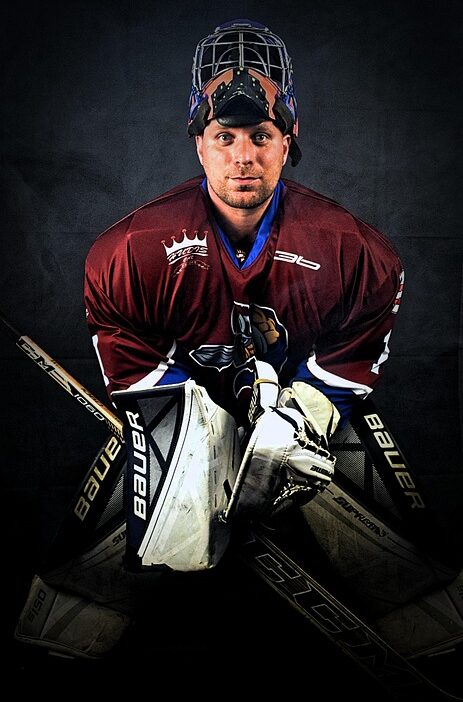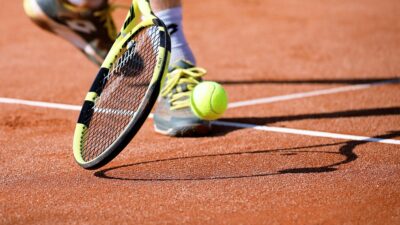Goaltending, one of the most dynamic and critical positions in ice hockey, has evolved dramatically over the years through the blend of legendary players, tactical advancements, and technological innovations. Understanding this evolution not only highlights the game’s rich history but also emphasizes how the role of the goaltender has transformed into a multifaceted position that combines athleticism, strategy, and skill.
The Early Days: Origins of Goaltending
The roots of goaltending can be traced back to the early 1900s. Originally, goaltenders wore minimal protective gear, often consisting of nothing more than a helmet and pads. The lack of equipment meant goaltenders relied heavily on instinct and positioning, making agility and reflexes their primary assets. The first recognized goaltender, Jack “The Mookie” McCarthy, played for the Montreal Canadiens in 1904, marking the inception of a unique position defined by its own set of challenges.
The Emergence of Technique
As ice hockey gained popularity, so did the importance of the goaltending position. By the 1920s and 30s, players began to develop more refined techniques. Early goaltenders like Georges Vezina and Mike Liut focused on positioning and the butterfly style, where they dropped to their knees to block shots. Vezina, in particular, was a pioneer; his skill earned him a place in the Hall of Fame and led to the creation of the Vezina Trophy, awarded annually to the NHL’s best goaltender.
The Mask Revolution
One of the most significant turning points in goaltending came in the 1950s with the introduction of the mask. Jacques Plante revolutionized the game when he became the first goaltender to wear a mask regularly after suffering a facial injury. Initially met with skepticism, the mask quickly became standard equipment, allowing goaltenders to focus more on the game than fear of injury.
The Rise of Athleticism and Style
The 1980s and 90s brought a wave of athleticism and style into goaltending. Legendary figures like Patrick Roy and Dominik Hasek not only redefined what it meant to be a goaltender but also influenced subsequent generations. Roy popularized the butterfly style further, teaching future goaltenders the balance between positional play and athleticism.
The late 90s saw Hasek become a phenomenon with his unorthodox playing style, which relied heavily on agility and reflexes. Both goaltenders emphasized the importance of not just blocking shots but actively engaging in the game, leading to a new era of reactive and proactive goaltending.
Technological Innovations
With the turn of the 21st century, technology began to change the face of goaltending. The introduction of advanced analytics offered teams new insights into player performance, shot detection, and tactical positioning. Goaltenders began to work with specialized coaches, analyzing game footage and using data to optimize their techniques.
The development of new materials for protective gear has also been revolutionary. Modern pads, helmets, and gloves offer greater protection and mobility, allowing goaltenders to play with confidence. Companies like CCM and Bauer have introduced innovations that enhance both performance and safety, leading to higher standards in training and gameplay.
The Modern Goaltender: A Multi-Faceted Role
Today’s goaltenders are not just shot-stoppers; they are essential components of their teams’ defensive strategies. Players like Andrei Vasilevskiy and Connor Hellebuyck exemplify the modern goaltender’s role, demonstrating agility, intelligence, and the ability to play the puck effectively. The concept of the "third defenseman" has emerged, where goaltenders contribute to breakouts and playmaking, changing the dynamics of the game.
The Future of Goaltending
As the sport progresses, the evolution of goaltending continues. The integration of artificial intelligence and machine learning in training programs is on the horizon, promising to further enhance player development and decision-making. Additionally, the ongoing evolution of rules and gameplay will keep challenging goaltenders to adapt and innovate.
Conclusion
The evolution of goaltending in ice hockey is a testament to the sport’s capacity for reinvention and growth. From the bare-bones equipment of early players to the technological advancements defining the modern game, goaltenders have continuously redefined their role. With legends paving the way and innovations driving future developments, the position remains one of the most exciting aspects of the game, captivating fans and players alike. As we look forward, one thing is certain: the legacy of goaltending will continue to evolve, inspiring new generations in the thrilling world of ice hockey.



